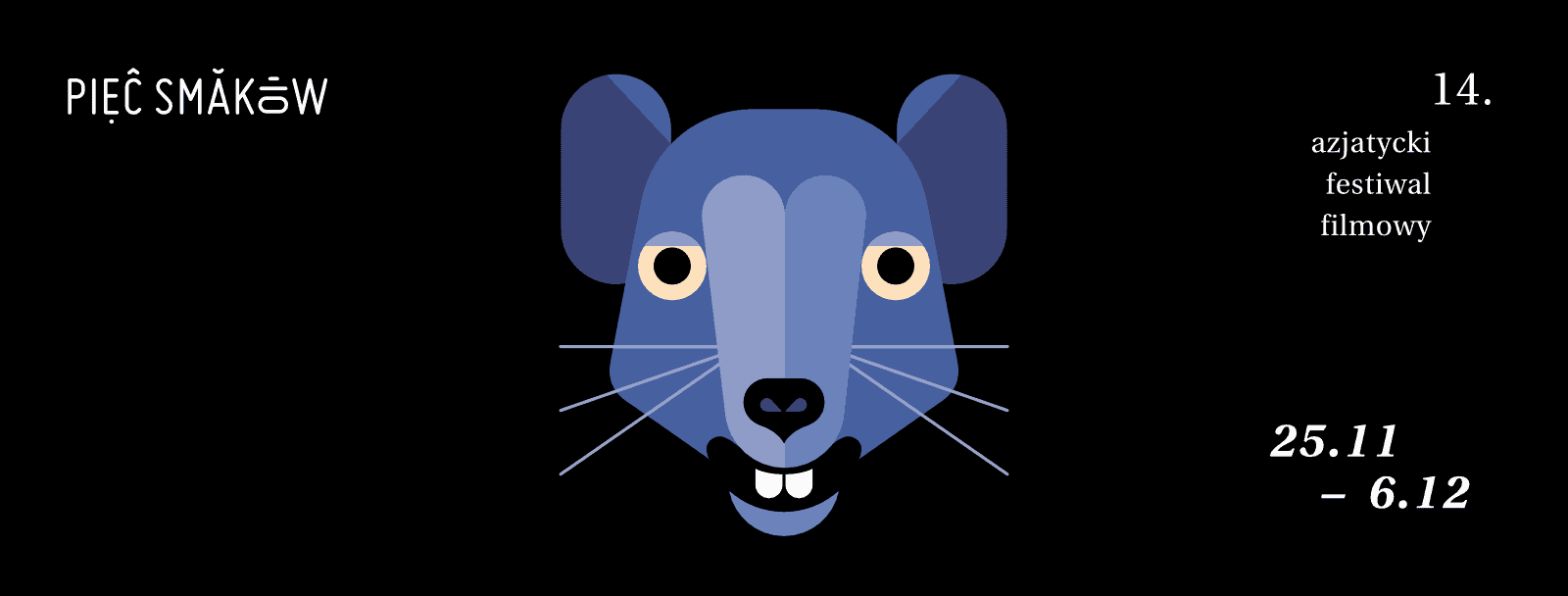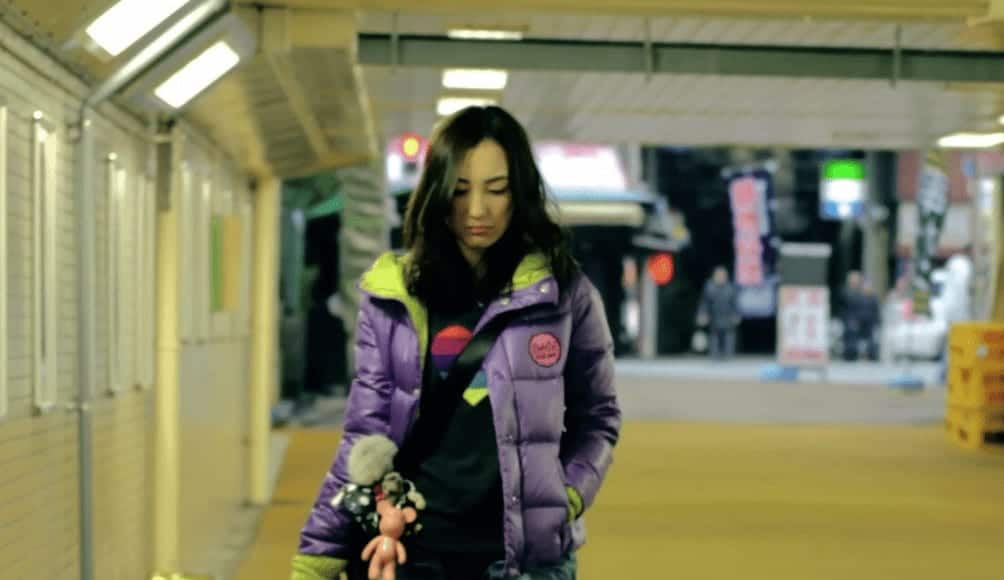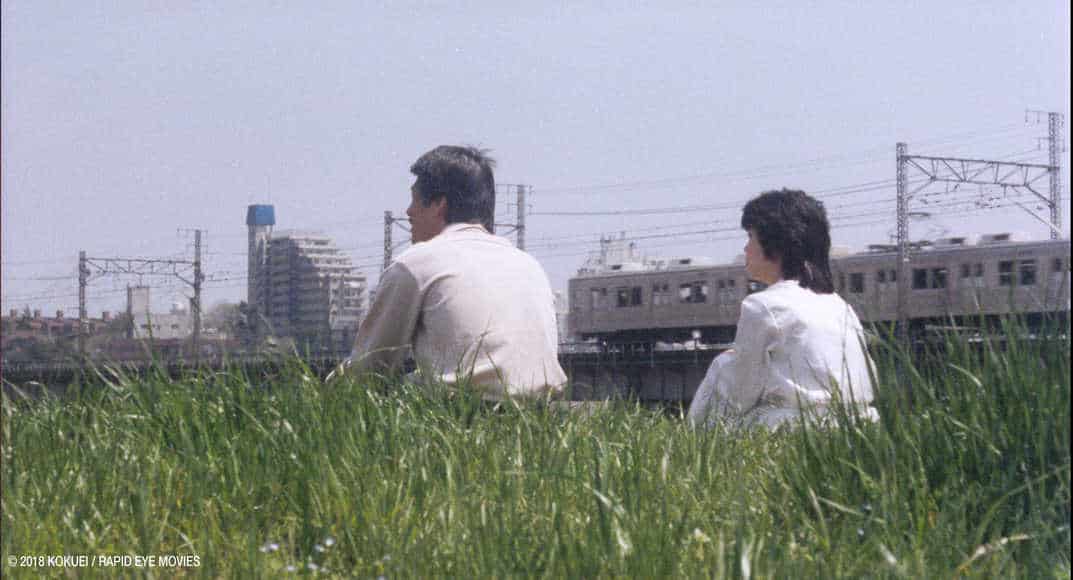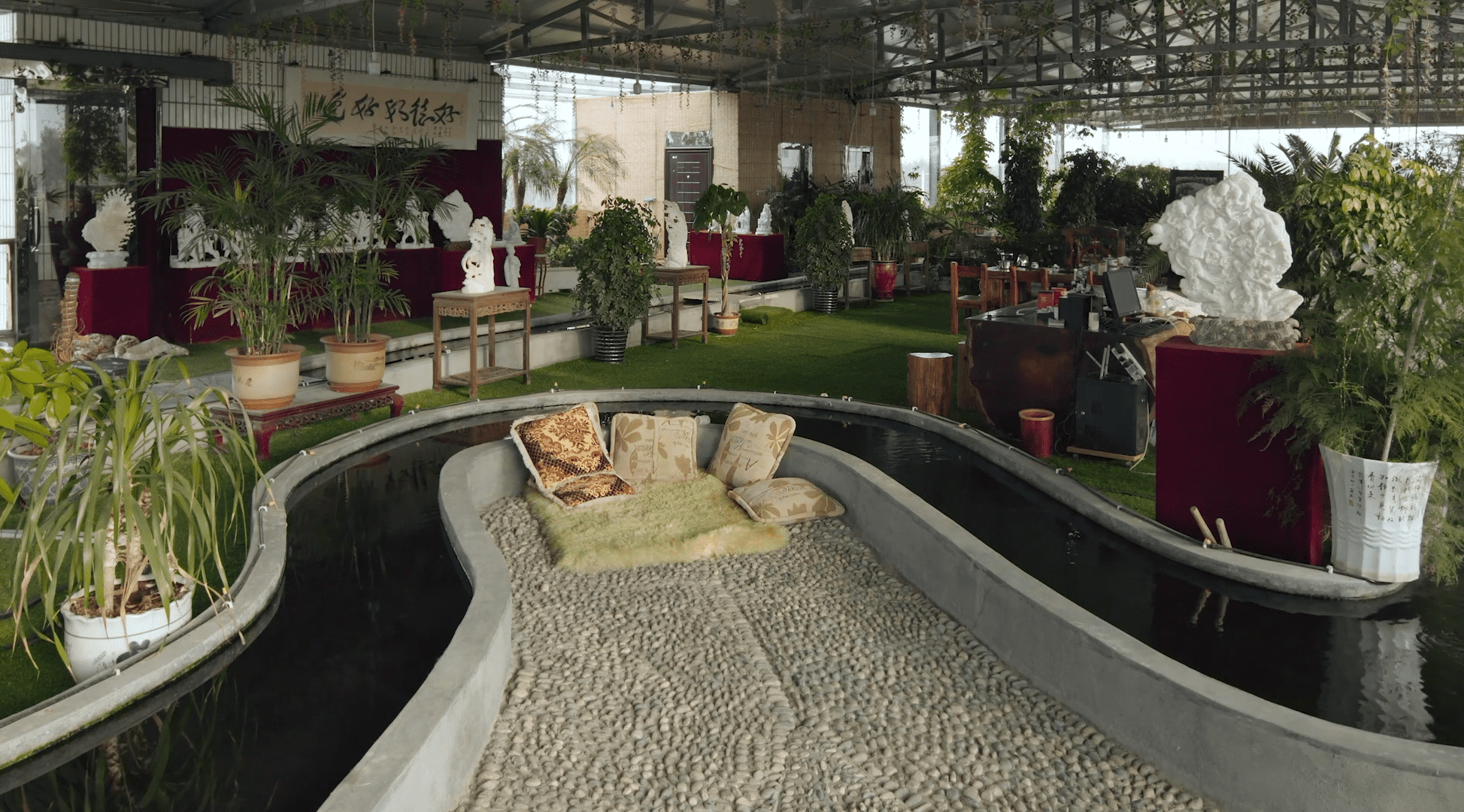Samurai movies usually include stories of chivalry, self-sacrifice, dedication, and occasionally impressive swordsmanship. Yuso Asahara presents, however, another kind of warrior, the Kitchen Samurai, whose weapons are only sharpened to cut smoothly through the fish and vegetables that comprised the main materials of washoku, the traditional Japanese cuisine, included in the UNESCO World Heritage List since 2013.
“The Tale of Samurai Cooking” is Screening at Five Flavours Asian Film Festival

The story is based on the lives of the members of the Funaki family, who served as head chefs for the rulers of Kaga province, although the main protagonist is Haru, a young servant with an extreme knack for both tasting and cooking food. As the main arc of the script begins, Haru is already divorced, and sent back to the service of the Lady he grew up in. Her culinary prowess, however, catches the attention of samurai Dennai, one of the aforementioned Funaki members, who has recently lost his older son and successor, and is now trying to convince his youngest, Yasunobu to abandon the path of the warrior and become a chef. As they both fail miserably, Haru seems like a god-given present.
After many tribulations, the girl actually arrives at Kaga province, but soon realizes that she has to face a completely disappointed Yasunobu, a number of political machinations and tribulations, and even a female adversary.
Yuzo Asahara directs a film that stands out both as a samurai and a food movie, particularly because the narrative does not focus exclusively on one or the other, but uses them as a base to move into completely different paths. In that fashion, the attention to detail regarding the preparation and the final presentation of all the dishes featuring in the film is of utmost detail, with the same applying to the depiction of the era, as exhibited in costumes, settings, even behaviour, and particularly etiquette. However, after a fashion, these elements are somewhat pushed to the background, and the film turns into a subtle love story, with intense political elements. This transition, both in the way it unfolds and in its result, emerges as one of the best assets of the narrative, and one of the two elements that make the film stand out from the plethora of similar ones.
The second one is that the actual samurai (in terms of all the values that constitute one, as mentioned in the prologue) in this case is not Yasunobu but Haru, who emerges as a specialist of her art, and a chivalrous and self-sacrificing individual. Aya Ueto gives a splendid performance through her noble stubbornness and the vulnerability she emits, which resonates in perfect antithesis with the immaturity and clumsiness of Kengo Kora's Yasunobu.
Technically, the film boasts its big budget, with the work done in the production design by Tetsuo Harada, being more than impressive, as is the case with the costumes, the hair, and in general, all aspects of the era. DP Yukihiro Okimura has captured all the aforementioned with intricacy and particularly the culinary aspect, while Kazuhide Ishijima's editing presents all the narrative elements through a very fitting, relatively fast pace.
The film does not avoid some of the clichés of the costume romance, and the truth is that the overall approach, particularly through the intense use of music, points towards the lightness of Hollywood productions. However, the subject of the movie essentially “allows” this approach, the result is impressive in visual terms, while the mixing of many different elements results in a cinematic amalgam that is more than easy to watch.















